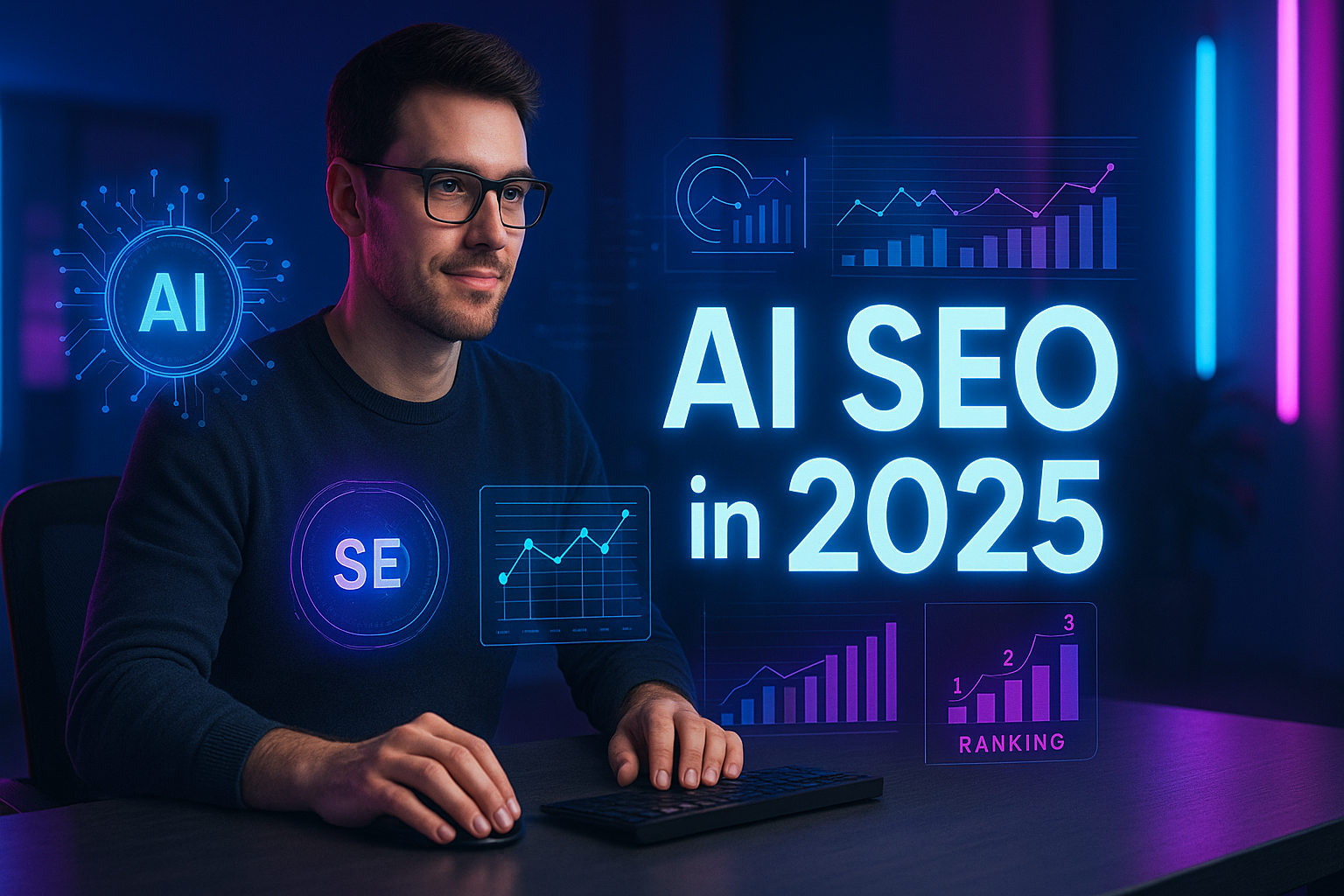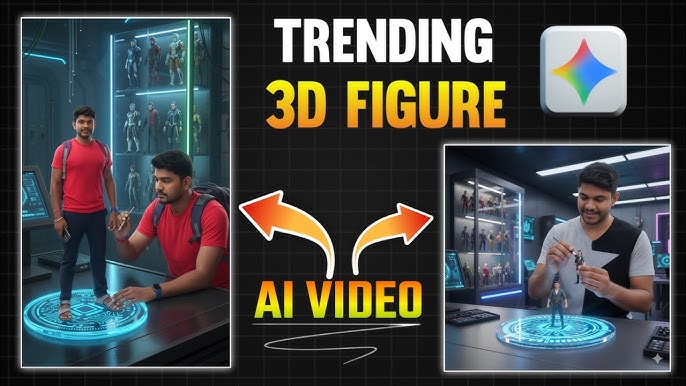Introduction
You’re a content editor. You know quality matters. But in 2025, the rules of SEO are shifting fast. AI‑powered answer engines, AI Overviews, and bots are changing how people find information. Traditional SEO still matters—but it’s only part of the picture now. AI SEO, Answer Engine Optimization (AEO), and Generative Engine Optimization (GEO) are becoming essential for any editor who wants to stay relevant and keep organic visibility growing.
In this article, I’ll walk you through:
-
Why AI is disrupting SEO
-
Why that matters for editors like you
-
What solutions and tactics editors can use right now to stay ahead
You’ll get real case study numbers, concrete data, and actionable guidance—all in a friendly, energetic tone that feels like it was written by someone who’s been in your shoes.
Problem: Traffic Is Dropping Even When Content Is Strong
The traditional SEO metrics are changing
-
AI Overviews—like Google’s Search Generative Experience—appear at the top of SERPs and answer queries directly, reducing click‑through rates. Moz research shows AI Overviews can cut organic traffic by 18% to 64% for plain informational pages Conductor+2Wikipedia+2The Wall Street Journal+2Search Engine Bain reports that 80% of consumers complete 40% of searches without clicking links, leading to so‑called “zero‑click” outcomes
-
Major publishers like Forbes and CNN saw traffic drops of 24–40% since AI Overviews launched in May 2024
Brands are losing visibility even when content remains relevant
-
Mailchimp saw declines in site traffic after AI bots summarized their content, rather than sending users to the website The Wall Street Journal+1New York Post+1.
-
Back Market found that although AI referrals made up only 0.2% of traffic, that rate was 470× higher than the previous summer and growing fast—with AI-preferred content written in everyday conversational tone outperforming traditional pages The Wall Street Journal.
So the problem is clear: even strong content isn’t guaranteeing clicks the way it used to. Search results are changing, and traditional SEO alone isn’t enough to maintain organic traffic or brand visibility.
Agitation: Why Editors Are Feeling the Pressure
You could be working harder and getting less return
-
Even if your content ranks in the top positions, if AI Overviews steal attention, that ranking doesn’t convert into traffic or engagement. Click‑through rates have dropped to around 2.6% from 7.3% in March 2025 New York Post.
-
Semrush analysis shows organic clicks dropped significantly for thousands of keywords when AI‑generated summaries started dominating SERPs WordStream+1The Wall Street Journal+1.
You’re under pressure to publish at scale—but low‑effort AI content can backfire
-
An internal site experiment that used only AI‑generated content for six months saw traffic plummet from 1,600 views to 350, and keyword rankings tanked getciville.com.
-
Similarly, SEOwind saw early success (+124% impressions, +77% clicks), but others like Casual.app lost 99.3% of traffic after relying purely on AI-generated content without expert editing visuable.co.
That means if you’re treating AI tools like magic content writers, and distributing without human input, your content may suffer in quality, distinctiveness, or credibility—resulting in traffic loss or even Google penalties seoprofy.comvisuable.co.
SEO tools and workflows are shifting fast
-
Experts now emphasize AEO (Answer Engine Optimization) and GEO (Generative Engine Optimization)—strategies focused on AI visibility, not just keyword ranking Exploding Topics+5Business Insider+5The Wall Street Journal+5.
-
Bain and others warn that 40% of brands could lose up to 25% of organic traffic if they don’t optimize for AI-generated responses Financial Times.
For editors, that means your familiar workflows—keyword research, templates, title tags—aren’t enough. You need to think about how AI bots read and surface your content, what snippets they use, and how your tone and structure feed into AI responses before a human ever sees it.
Solution: How Content Editors Can Stay Ahead of the Curve
1. Optimize for AEO and GEO, not just SEO
-
Create structured answers at the top of your content—bulleted key points, FAQs, quick summaries, optimized for machine‑readability. Those elements are more likely to feed into AI Overviews.
-
Use conversational tone and anticipate follow‑up questions that chatbots might include.
2. Refresh existing content with AI‑integration in mind
-
In one client case, refreshing older content led to an 87% increase in organic clicks and 57% more impressions, and earned placement in AI Overviews after republishing Inflow.
-
Another refresh led to 268% more organic clicks and 176% more impressions in one month—and gained AI‑overview visibility Inflow.
So editors should audit older content, insert structured summaries, and update it with new insights, tone, and readability—then republish it to trigger re‑indexing and AI‑overview inclusion.
3. Combine AI tools with human expertise
-
Tools like SurferSEO helped Lyzr AI grow impressions nearly 200% and organic clicks by 150% within three months between August and October 2024 surferseo.com.
-
A client of Semrush saw a 42% rise in organic traffic and 67% more visibility in AI search summaries using AI‑based optimization tools and workflow integration (2024 data) ainvest.com.
Editors should use these tools for keyword discovery, semantic intent mapping, and content scoring—but rewrite AI-generated drafts with an editorial voice, expert quotes, and human logic.
4. Focus on deep, unique content that AI can’t replicate
-
AI has trouble with original insights, real‑world experience, step‑by‑step guidance that reflects your brand voice.
-
Google’s algorithms and AI bots reward E‑E‑A‑T (Experience, Expertise, Authoritativeness, Trustworthiness)—make your content reflect that, with real-world examples, author bylines, first-hand quotes, and transparent sourcing Exploding Topics.
5. Diversify traffic sources and KPIs
-
Generative AI traffic is growing 165× faster than organic search, and converts 23% better than regular organic traffic, even though it’s still less than 1% of all traffic webfx.com.
-
But traditional organic still delivers over 30% of traffic, and direct, referral, and paid channels remain strong—with organic search still accounting for ~31% of traffic share webfx.com.
Track not just clicks and impressions, but conversions, engagement, AI visibility, and brand mentions in AI Overviews. And push content into social media, email, brand channels, so you’re not dependent purely on search.
Case Study Highlights: Data You Can Use
| Case Study | Time Frame | Traffic Increase | Key Method |
|---|---|---|---|
| VIVO (office furniture) | Feb–Aug 2024 | 351% (24.7K → 111.3K visits) | SEO overhaul, integrated content strategy aioseo.com |
| Maestra.AI | Aug–Nov 2024 | 234% | AI‑powered content + editorial oversight aioseo.com |
| Surfer + Lyzr AI | Aug–Oct 2024 | 150% + impressions nearly 200% | AI tooling + editing to optimize existing blog posts surferseo.com |
| Xponent21 (own site) | mid‑2024 to mid‑2025 | 18× traffic, 80× impressions | Early strategic content for new AI search queries xponent21.com |
These real‑world examples show how blending traditional SEO, AI‑integration, content refreshing, and editorial skill can produce massive gains—even in a changing search environment.
Actionable Playbook for Content Editors
-
Audit your top-performing evergreen posts. Identify pages that lost clicks recently. Add structured summaries and conversational Q&A sections at the top. Republish and monitor changes.
-
Use AI‑SEO tools like Semrush, SurferSEO, Moz, or MarketMuse to generate topic insights, semantic keywords, and scoring—but don’t publish AI drafts as is. Add your voice.
-
Write with E‑E‑A‑T in mind. Use bylines, real data, case examples, expert quotes, and clear sourcing. Remove vague or generic AI-generated sentences.
-
Plan ahead for emerging queries. Create content on topics that AI platforms might surface in answer engines—before competitors do. Xponent21’s early pulse on AI topics resulted in traffic and impression growth of 18× and 80× by mid‑2025 xponent21.com.
-
Track new SEO KPIs. Monitor AI referral traffic, visibility in AI Overviews, conversation rate from AI sources. Don’t just watch traditional ranking and CTR.
-
Diversify distribution. Push content also to newsletters, LinkedIn, brand social channels—so that even if AI steals search clicks, you still engage your audience.
Conclusion
Problem: Traditional SEO is losing ground to AI Overviews and answer engines. Organic click share is dropping fast—even for high‑quality content.
Agitation: Content editors feel the pressure. Traffic drops happen even when you’re doing everything right. AI‑only content can backfire without human input. Old workflows don’t work anymore.
Solution: Embrace AEO/GEO strategies, combine AI tools with human editing, refresh top pages, focus on E‑E‑A‑T and unique insight, plan for future queries, diversify traffic pipelines and metrics.
By doing so, content editors won’t just survive the shift—they’ll come out ahead, with better visibility, stronger brand authority, and content that works for both bots and real humans.
You’re the one shaping content. In 2025, that means you also shape how AI sees, reads, and surfaces it. Stay ahead of the curve—with strategy, not shortcuts.



